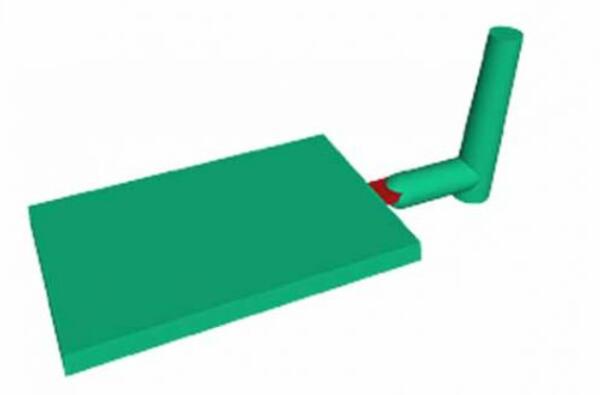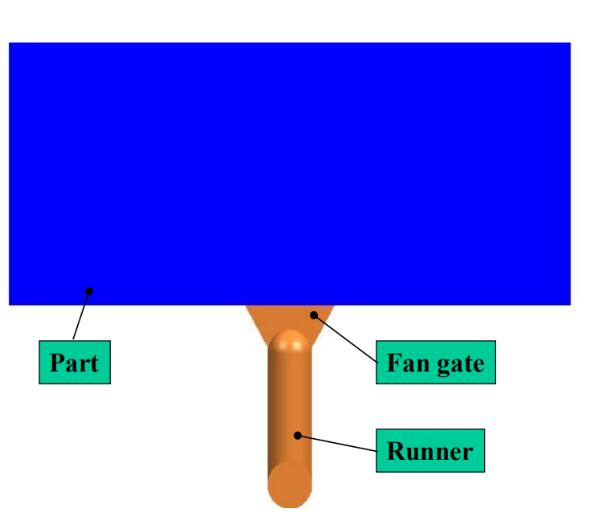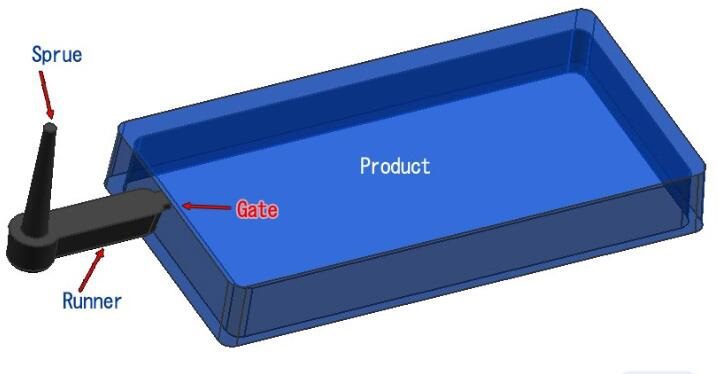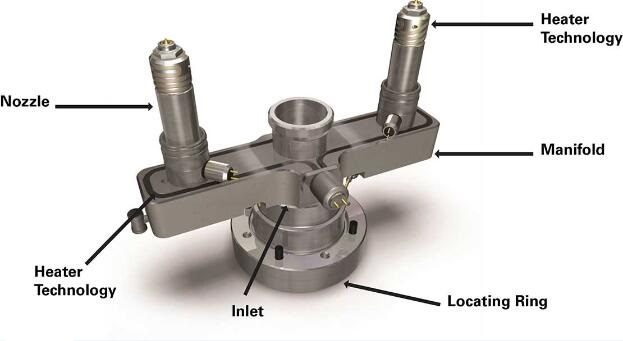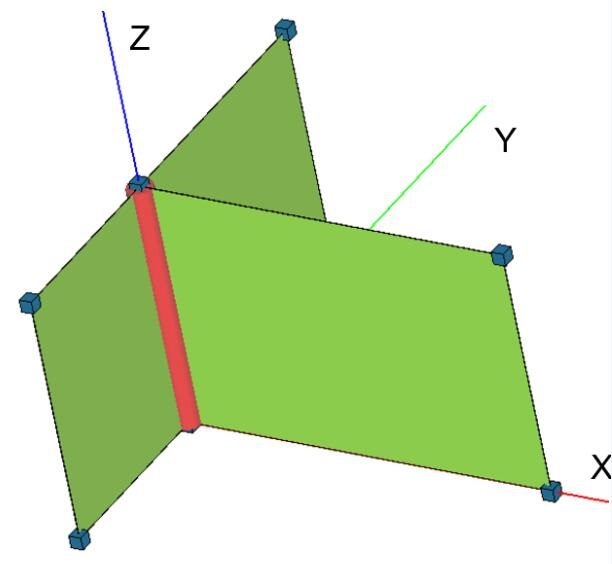FAQ
Q: What is a gate in injection molding?
A: A gate in injection molding is the point at which the molten plastic enters the mold cavity from the runners. It plays a vital role in controlling the flow of the plastic into the mold and significantly influences the quality of the final part.
Q: What are the types of gate in injection molding?
A: There are several types of gates used in injection molding, including sprue gate, edge gate, pin gate, fan gate, ring gate, diaphragm gate, disk gate, submarine gate, and tab gate. Each has unique characteristics and is suitable for different applications, part designs, and materials.
Q: Where do you put a gate for injection molding?
A: The placement of the gate in injection molding depends on various factors, including the part geometry, material flow, cooling rate, and aesthetic requirements. Ideally, the gate should be placed in a location that allows for uniform filling of the mold cavity, even cooling, easy ejection, and minimal gate marks.
Q: How do you select a gate in injection molding?
A: Selecting a gate for injection molding involves considering factors such as part design, material type, production volume, aesthetic requirements, and cost. For instance, complex parts may require a pin gate for precise control, while high-volume production runs might benefit from a submarine gate that automatically trims during ejection.
Q: What is the difference between a sprue and a gate?
A: The sprue is the passage through which the molten plastic travels from the injection molding machine’s nozzle into the runner system. On the other hand, the gate is the point where the plastic enters the actual mold cavity from the runners. In other words, the sprue feeds the runners, and the gate connects the runners to the mold cavity.
Q: What does a gate do in casting?
A: In casting, a gate serves a similar function as in injection molding. It’s the pathway through which the molten material (metal, plastic, etc.) enters the mold cavity. The design and placement of the gate can significantly influence the quality of the final cast part.
Q: How many types of gating are there?
A: There are several types of gating systems, including hot runner system, cold runner system, two-plate system, and three-plate system. Each has its advantages and disadvantages and is suitable for different applications, part designs, and production volumes.
Q: What is the difference between fan gate and edge gate?
A: A fan gate is a type of edge gate with a fan-shaped orifice that allows for a more uniform distribution of the plastic, especially in flat, thin parts. In contrast, an edge gate is a simple, straight gate typically cut along the parting line between the mold halves. The choice between a fan gate and an edge gate depends on the part design, material, and quality requirements.
Q: What are different types of gating system?
A: There are various types of gating systems, including hot runner system, cold runner system, two-plate system, and three-plate system. The choice of gating system depends on factors like the complexity of the part, material used, production volume, and quality requirements.


